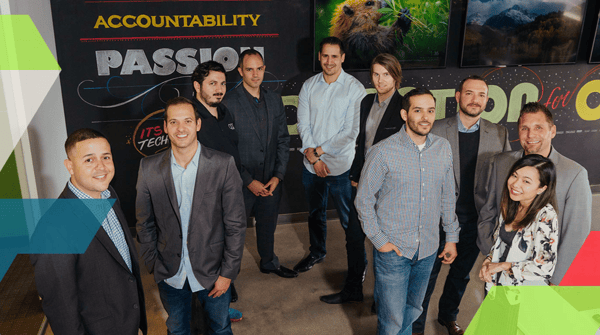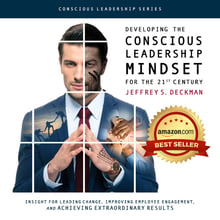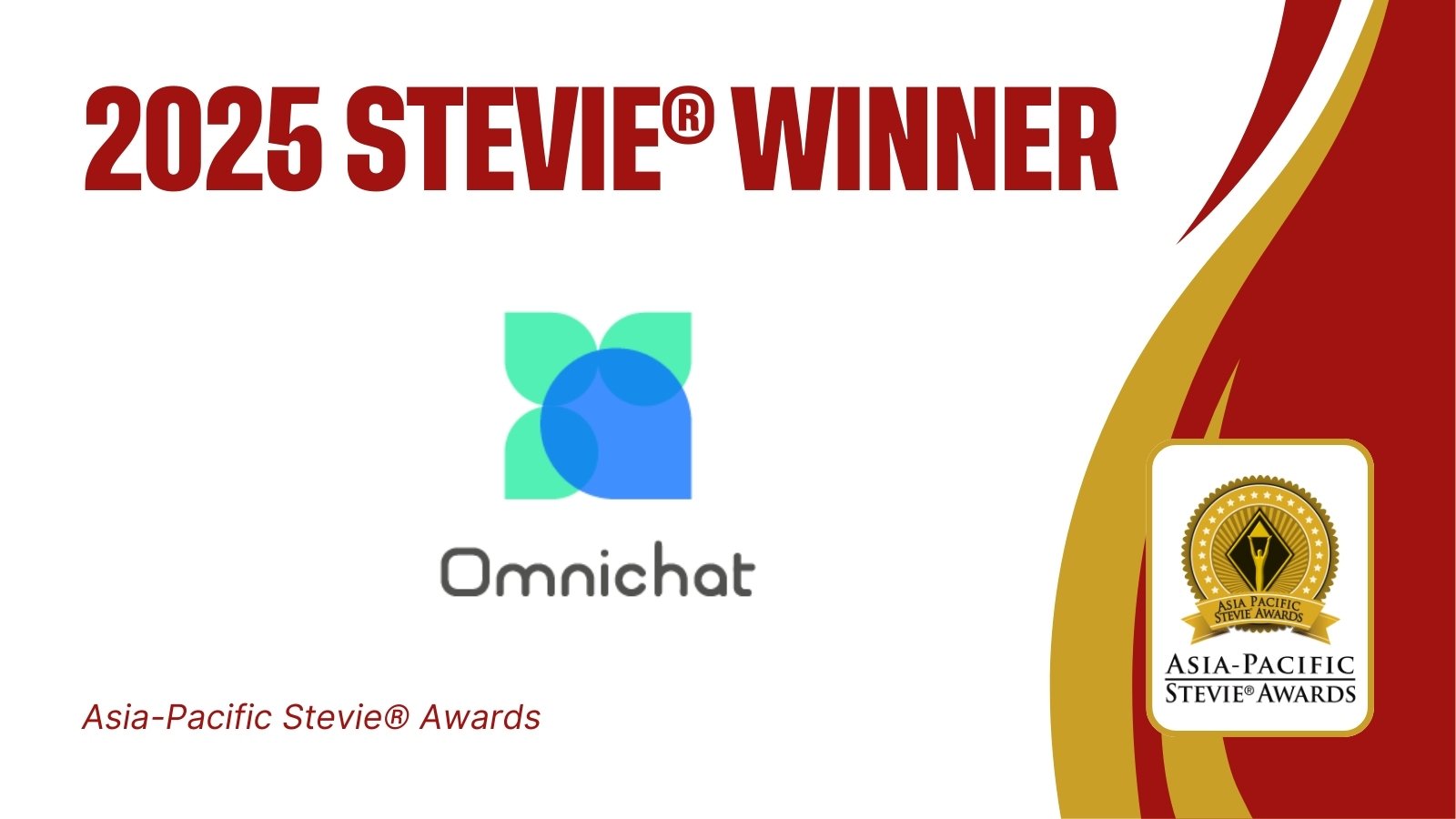How have modern conveniences changed business and leisure travel in 2019? What are the most desirable destinations? How do travelers prefer booking flights and hotels?
Anyone who searches for travel deals now is met with an onslaught of recommendations about where to visit, where to stay, and exactly what to do.
As the mobile experience becomes more personalized, it’s easier than ever to book exactly what you want. Travel research, however, shows travel agents are doing more than just surviving. The overall US travel agency market is projected to reach $127 billion by 2021, which is up from $112.8 billion in 2017.
Despite having access to their next vacation right from their pockets, it seems customers are still eager to pay someone to take care of all their needs.
 Stevie-winner Northstar Travel Group, based in Secaucus, New Jersey, United States, is one of the leading B2B marketing solutions companies serving all segments of the travel industry. Despite the tech boom in travel, Northstar continues to flourish as a connector of buyers and sellers in global travel and hospitality products.
Stevie-winner Northstar Travel Group, based in Secaucus, New Jersey, United States, is one of the leading B2B marketing solutions companies serving all segments of the travel industry. Despite the tech boom in travel, Northstar continues to flourish as a connector of buyers and sellers in global travel and hospitality products.
It’s All about Building Relationships
Northstar firmly believes in the importance of helping professionals in the travel industry meet face to face at exciting events.
“We’re dedicated to connecting the next generation of travel buyers and sellers. We want to get to know each other through unique, collaborative content sessions; outdoor activities, such as hiking, biking, and yoga; and social events full of local flavor.”
That’s Victoria Halpin, a marketing associate at Northstar. She asserts that having everyone come together helps professionals gain insight on how the current generation will influence the future of the travel industry. Halpin says this is also a great way to help everyone build relationships for life.
Competitors, such as Questex, WATT, and Adara, also make an effort to include career-building programs and social activities during retreats, but Northstar likes to differentiate itself by providing additional value through data and benchmarks.
“In addition to over eighty-four face-to-face events in more than eleven countries related to retail travel, hospitality and hotel investment, corporate travel, travel technology, and sports travel, we also provide research and business intelligence to serve the fastest-growing segment of the travel industry: online travel distribution.”
All these efforts result in engaging more than 1.4 million monthly website visitors and over 2.7 million content customers. No other content and marketing services provider serving the travel and meetings industry approaches this scale, reach, or market share.
Although the industry is strong, several challenges still lie ahead.
Digital innovation continues to create entirely new opportunities for the market. Companies are competing for your dollars and offering alternative “off-the-beaten-path” experiences. Airbnb has become a popular way to stay in foreign countries because of the authentic cultural experiences afforded by staying with locals.
This is forcing travel brands to ramp up cost-cutting strategies and to devise more efficient ways of doing business in order to improve revenue and to sustain market leadership.
Time will tell how this evolving workforce will attract tomorrow’s talent and dollars, but Northstar and similar companies look poised to continue to refine business practices and to support their customers.
Northstar Travel Group won three Stevie® Awards at the 2019 American Business Awards®: a Gold Stevie in the Brand & Experiences - Launch Event category, a Bronze Stevie in the Brand & Experiences - Interactive Outdoor Event category, and another Bronze Stevie in the Corporate & Community - B2B Event category.
Interested in winning a Stevie Award in 2020?




 “In recent years, we’ve seen the strategic relevance of live events increase dramatically. Marketers are reaping the rewards of engaging with their audiences in face-to-face environments,” says Scott Cullather, CEO of
“In recent years, we’ve seen the strategic relevance of live events increase dramatically. Marketers are reaping the rewards of engaging with their audiences in face-to-face environments,” says Scott Cullather, CEO of 

 ChicExecs
ChicExecs
































